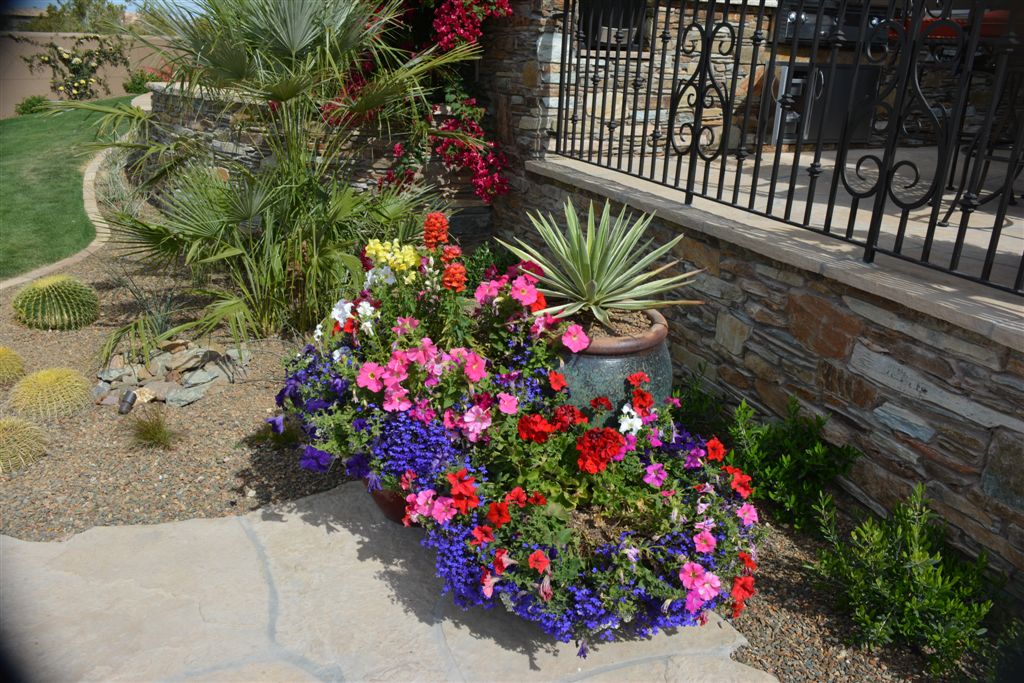 Plant maintenance is essential to the health and longevity of your foliage. The Green Goddess offers year round plant care in Phoenix that helps your foliage thrive.
Plant maintenance is essential to the health and longevity of your foliage. The Green Goddess offers year round plant care in Phoenix that helps your foliage thrive.
You can trust us to maintain interior plants through the seasons. The arid climate of Phoenix poses several challenges to maintaining plants. Chilly and dry weather requires optimizing sun exposure during short winter days. Our indoor plant maintenance customizes care based on how such factors affect your home or business foliage.
For home or business, our staff can rotate the placement of plants over changing seasons. Plants should not be placed near a/c or heat ducts. This can sap vital moisture from even succulent plants, such as aloe vera.
Understanding the unique needs of your house plants is essential. Water and sunlight exposure for each exterior plant should be known before planting.
Choosing the correct planter depth is essential to plant care, as well. Plants require sufficient room for roots to expand and thrive. Our nursery staff will help you choose the best planter depth and base for various plants.
Scorching Phoenix summers require ample water and periodic checks of soil moisture. The Green Goddess will advise on indirect light and soil moisture for different outdoor plants. You will have peace of mind knowing your foliage will be in peak condition whatever the season may be. For added convenience, we will install outdoor plants to match irrigation or design needs.
We also recommend how to properly care for your flowers, as needed. You will have insight to help perennial flowers flourish. This may include tips to encourage added blooms or greater resistance to weather changes. Your flowers will thrive through weed barriers and weather changes.
To schedule plant care service, please contact us at (602) 971-8110.

